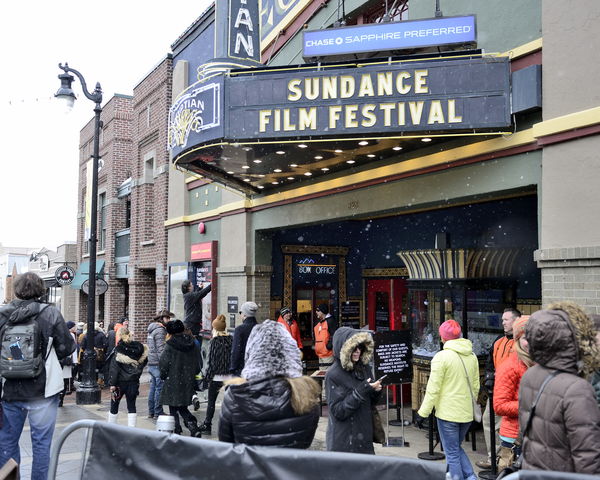As a Utah native who rarely takes advantage of the stunning backdrop that is my birthplace, I am all too familiar with the nonchalance that seems to plague us oblivious Utahns. There are some that don’t even bat an eye at the stunning red canyons a few hours south of Salt Lake or the skyscraping mountains that stand proud behind us. Others couldn’t care less about the lakes and rivers that bubble down into our valleys during the summer or the magnificent display of foliage each fall. While my lack of enthusiasm for this state mostly stems from being severely uncoordinated and totally inept at any outdoor activity, there is one thing about which I will sing my praises and publicly proclaim “this is the place” — that thing is the annual Sundance Film Festival.
Don’t get me wrong, there are plenty of other wonderful things about this state but for a non-outdoorsperson like myself, how incredible is it that once a year our very own little Park City puts Utah on the map for the same categories of entertainment as Cannes, France? And while our once “little” film festival now has Park City bursting at the seams and spilling out into theaters across the Salt Lake Valley, it wasn’t always that way.
Back in 1985, at Sundance’s first festival, there were 13 members of the staff, only two Park City theaters and a mere 86 films screened. In the 30 years since, the festival has exploded. We saw 46,947 attendees and 12,146 film submissions in 2013. Last year, the likes of James Franco and Jon Hamm showed up and more than that, they were proud to be there.
Those of us who suffer from a warped sense of Utah’s merits are often humbled to learn that outside of our bubble, Sundance is a big deal. What’s an even bigger deal is not the celebrities but the opportunities for all kinds of artists to showcase their work. The festival prides itself on being one of independent filmmaking and really strives to find artists, directors and producers that prioritize that way of thinking.
Even more exciting than the possibility of seeing a celebrity is the opportunity to see these films, then listen to the director afterwards. The Q&A sessions following the screenings are always enlightening and often allow you to step into the world of the director and really understand what it took to make their idea a reality.
While not everyone can have the same level of access at Sundance when it comes to parties or screenings, one thing students can do is volunteer to help out during the week. Each year as the festival continues to outgrow its setting, Sundance seeks out students and volunteers to manage the creative chaos. The opportunities to meet people in the industry or just take part in the atmosphere are endless, and it helps that the entire thing takes place in one of the most picturesque cities in the Intermountain West. Even a non-outdoor-enthusist like me can admit that.
Scenery and creativity aside, Sundance sponsors spend good money to send influential people like bloggers, celebrities and TV personalities to generate buzz because it is such a big deal. Plus, it does some serious good for the economy. As someone who appreciates the art of filmmaking, I’m pleased to know that my home state hosts one of the largest film festivals in the United States every year and affords artists the opportunity to showcase their work where it’s respected and admired. Though I’m eager to leave Utah and see what the great big world has in store for me, Sundance is something worth returning for year after year.
@katherinekellis


